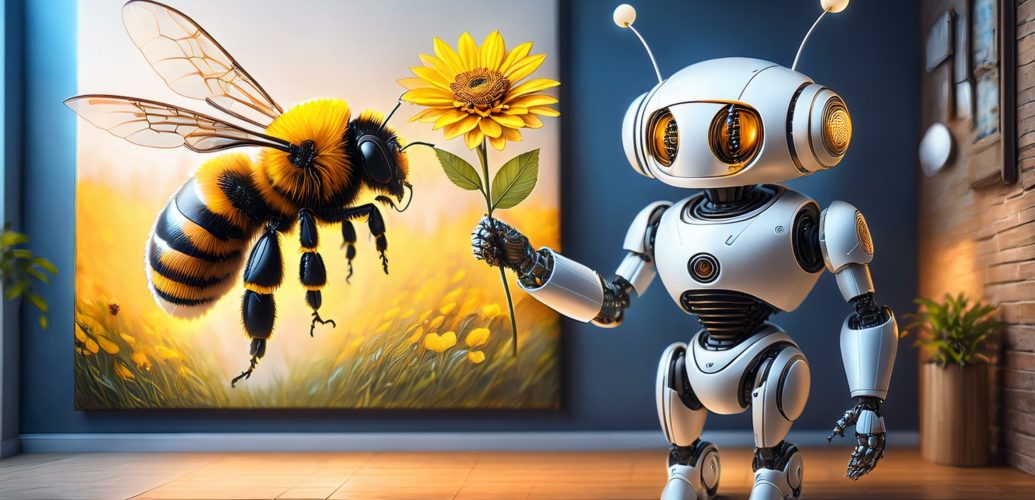Agile Swarm vs. Agentic AI Swarms: What’s the Connection?
Both Agile Swarm and Agentic AI Swarms are rooted in the idea of decentralized, collaborative problem-solving—but they operate in very different domains. Here’s a quick comparison and how they connect:
1. Agile Swarm
- What it is: Agile Swarm is a team-based approach in software development and project management. It’s an extension of Agile methodologies, where a small, cross-functional team (the “swarm”) comes together to tackle a specific task or bottleneck. The goal is to focus collective expertise on solving problems quickly and efficiently.
- How it works: Think of it as a “flash mob” of talent. When a critical issue arises, team members temporarily pause their regular work, swarm the problem, and resolve it collaboratively before disbanding.
- Why it’s powerful: It promotes flexibility, rapid iteration, and teamwork—hallmarks of Agile principles.
2. Agentic AI Swarms
- What it is: Agentic AI Swarms are a cutting-edge concept in artificial intelligence. Instead of a single AI model, multiple AI “agents” (specialized algorithms) work together autonomously to solve complex tasks. Each agent has a specific role, and they communicate and collaborate to achieve a shared goal.
- How it works: Imagine a swarm of bees, where each bee has a job—some gather data, others analyze it, and some make decisions. Together, they form a self-organizing system that adapts in real-time.
- Why it’s powerful: Agentic AI Swarms excel at handling large-scale, dynamic problems where flexibility and adaptability are key—like optimizing supply chains, managing smart cities, or even advancing scientific research.
The Connection
At their core, both Agile Swarms and Agentic AI Swarms are about decentralized collaboration and leveraging collective intelligence to solve problems faster and more effectively. While Agile Swarms focus on human teams, Agentic AI Swarms extend this concept to artificial intelligence systems. Together, they represent a shift away from top-down, siloed approaches toward dynamic, adaptive systems—whether in human teams or AI networks.
Why This Matters
- For Agile Swarms: It’s a reminder that the best solutions often come from diverse, collaborative efforts.
- For Agentic AI Swarms: It’s a glimpse into the future of AI, where systems work together like high-performing teams to tackle challenges beyond human capacity.
In short, both concepts are about working smarter, not harder—whether it’s humans swarming a problem or AI agents collaborating autonomously. The future of work and technology will likely see these two worlds converge, with human-AI swarms solving problems we can’t even imagine yet.
